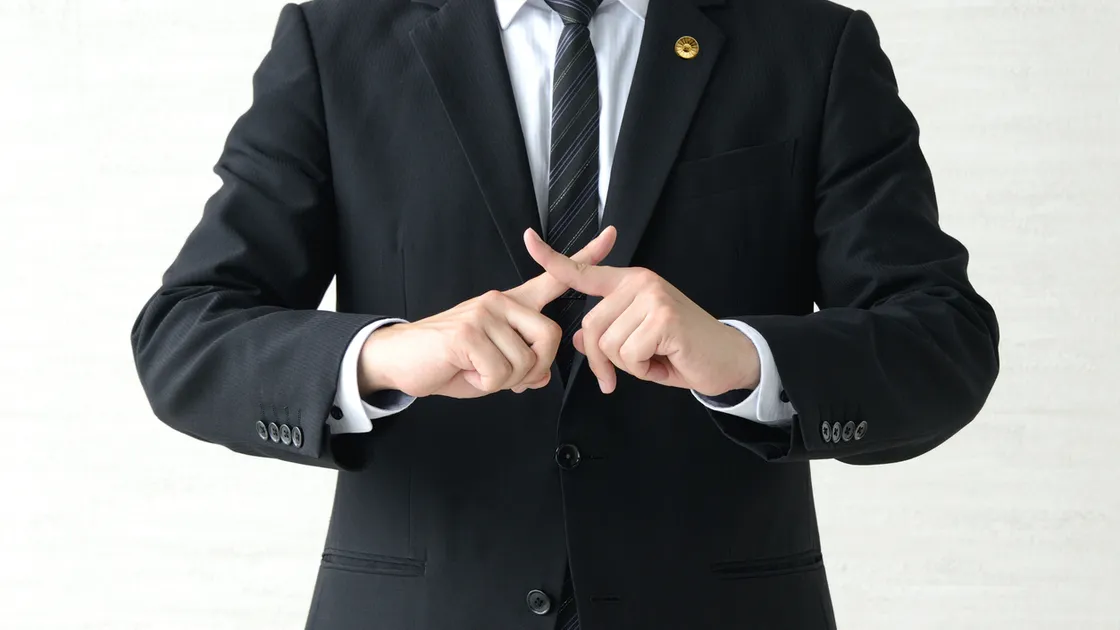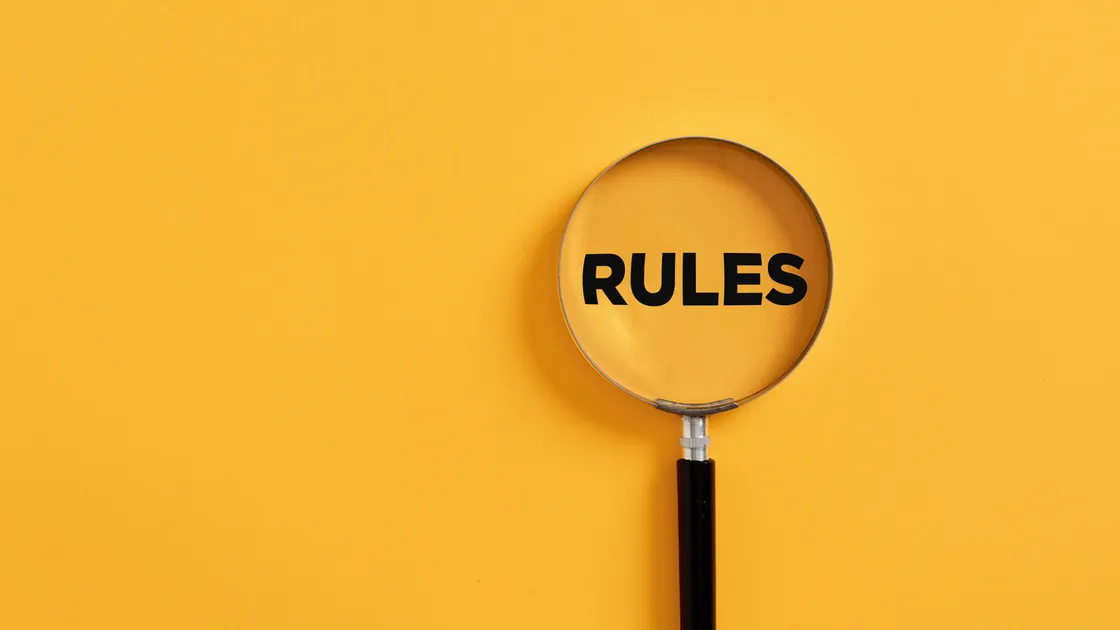Effective Strategies for Collaborating with Japanese Influencers

Over the past few years, Japanese influencers have been popular among brands aiming to penetrate the Japanese market, leading to increased demand for collaboration. Japan has shown its increase in influencer marketing effort with their spending of $90 million in 2023.
These Japanese influencers have strong advertising effect, specifically on their dedicated fan base. With over 80 million social media users in Japan and it is expected to rise rapidly in the coming years.
Here are things to know if you are a foreigner wanting to promote your business by collaborating with Japanese influencers.
Collaboration with Japanese Influencers on Different Platforms
There are many SNS platforms that are used for collaborating with Japanese influencers. The following platforms are the most popular for collaborations.
- X (Twitter)
- YouTube
- TikTok
Influencers who make contents of Instagram are well known as “Instagrammers” in Japan and they are centered on making posts and reels with aesthetically appealing themes for their viewers.
Demographically speaking, data gathered by ministry of internal affairs 2023 shows that almost 60% of Instagram users are female. Users in Instagram finds themselves following their favorite brands and official accounts making them more open to promotional contents.
Companies collaborate with Japanese influencers in Instagram for visually appealing contents involving cosmetics, traveling, and gourmets.
X (Twitter)
Twitter is known for is efficient communication tool for its direct messaging feature along with its “retweet” feature that can help your business go Viral.
Based on data from ministry of internal affairs, almost 80% of people in 20s use Twitter and they tend to rely on Twitter’s search feature over Google’s. Japanese influencers leverage Twitter’s “keyword” feature to pin-points and targets users of similar demographics for promotion.
For companies aiming to reach specific audiences, collaborating with Japanese influencers is highly useful on Twitter for its “retweet” chain.
YouTube
YouTube is very popular medium of entertainment specifically among people in 20s.
Data from ministry of internal affairs showed that almost 99% of people in 20s are users of YouTube. Recently, YouTube proves itself to be even popular medium for entertainment in Japan in relation to Japanese television. YouTube allows companies to create ads that can capture users’ eyes in middle of an entertainment for awareness.
YouTube is a place for companies to collaborate with Japanese influencers for establishment of credibility and awareness through product review contents and YouTube ads.
TikTok
TikTok is one of the most recent medium for short-medium length contents and they are very popular among people in their 10s.
Based on data from ministry of internal affairs, around 67% of people in their 10s are TikTok users, while also showing people in other age range proved to show less interest in the medium. TikTok is a very strong and unique media for the recommend feature (sets algorithm based on watch history) that is created by machinery learning.
Companies seek to collaborate with Japanese influencers in TikTok for contents involving location reviews, product reviews, and live commerce.
Collaboration Between Japanese Influencers and Companies
Collaboration between companies and Japanese influencers has been popular as it is able to target the influencer’s followers for awareness and conversion. Japanese influencers collaborate with companies in different manner depending on which SNS platform they are marketing on.
Here are some ways companies collaborate with Japanese influencers on different SNS channels.
Collaborations on Instagram
- Stories: Influencers giving a dynamic review of a product in a short video through Instagram’s story feature.
- Post: Influencers show pictures of a product along with a description on their experience for credibility.
- Livestream: Influencers exchange information on a product in a lively manner with their followers.
Collaborations on X (Twitter)
- Tweet: Influencers post pictures of product/service with short comments.
- Campaigns: Influencers create campaigns involving their followers to facilitate likes and retweets for awareness of product/service.
- Hashtag: Influencers use specific hashtags to spread awareness of product among likely interested groups.
Collaborations on YouTube
- Review: Influencers give descriptive review on product by showing how they are used and speaking on their experiences.
- Vlog: Influencers give a natural review by showing how a product is incorporated in their lives.
- Collaboration video: Influencers create a video with the president of the company for engagement and credibility.
Collaborations on TikTok
- Short Videos: Influencers hook the user with short creative videos with a product.
- Challenge: Influencers lead challenges involving a product for awareness and conversion.
- Duet: Influencers collaborate with other users for product appeal and awareness.
Steps for Successful Collaboration with Japanese influencers
Despite the exciting result that collaboration with Japanese influencers can bring to your company, there are many intricate steps you will have to take when collaborating.
Here are the steps for success when collaborating with a Japanese influencer.
Finding your Goals and Aims for Collaborating with a Japanese Influencer
- What is your “definition” of success you are trying to achieve through this collaboration with Japanese influencers?
- Are you aiming to increase brand awareness?
- Are you aiming to spread awareness on your company’s new product/service?
- Are you aiming to facilitate conversion from the collaboration?
Setting Criterions for Selecting a Japanese Influencer
- Selecting the Channel: Before selecting your Japanese influencer, you must first select the right social media that aligns with your goal.
- Quality/Quantity of Followers: Number of followers is usually indicator of successful Japanese influencers; however, engagement rate must be taken into account for credibility of the influencer.
- Set a Reasonable Budget: Find a Japanese influencer that will provide you the best result in relation to your budget. Collaborating with famous Japanese influencers can prove your success but at a hefty expense and risk.
- Brand Compatibility: Understand both the Japanese influencer’s persona and their viewers. The number of followers will not come as useful, if the image and viewer demographic of the Japanese influencer does not match your company’s profile.
Negotiating with your Japanese influencer
- Utilize email and social media’s messaging feature to propose collaboration.
- You have to simplify and give details on the rewards from the collaboration.
- You may have to personalize the proposal depending on the Japanese influencer.
What is Content Creation Process
Collaborating for a successful content with a Japanese influencer involves the following steps.
- Planning: Develop content ideas and strategy to match your brand image along with viewer demographics of the Japanese influencer.
- Content Creation: Set deadlines for achieving the result you want from collaborating with your Japanese influencer.
- Execution: Coordinate with your Japanese influencer to complete your content in a timely manner. Provide them with your company’s product/service along with guidelines on your ideal content for accurate delivery of your brand’s image.
- Analysis by KPI: Track and measure the performance of your collaboration by setting metrics such as engagement rates, reach, and conversions. Rely on these insights to see if your collaboration with Japanese influencer is right for your company’s goal.
Successful Cases from Collaborating with Japanese Influencers on
For better understanding of how powerful it can be for your company to collaborate with the right Japanese influencers, here are some of the successful cases where collaborations proved effective on different Channels.
Successful Case for Instagram
A popular Japanese female influencer “A” collaborated in 2019 with famous apparel company “S” in Japan to showcase different clothing from the brand in a unique manner.
She has made a creative post on her Instagram showing different styles and outfits from company “S” under the budget of 10000 yen.
The collaboration proved its success for the company as it gathered 7400 likes along with comments from users showing interest in items from Japanese influencer’s outfit.
Successful Case for Twitter
A popular Japanese manga influencer “F” collaborated in 2021 with a famous shaver company “P” to showcase how shavers from company “P” allows you to shave in safe and stylish manner.
The promotion was done is 4 cut manga form making it interactive and convenient for the users to watch.
The collaboration showed success for the company on Twitter with over 4000 likes along with over 1000 reposts with unique and interactive manga style approach by the Japanese influencer.
Successful Case for YouTube
A popular female Japanese influencer “M” collaborated with a skin care and cosmetic company “E” in 2022 to showcase her experience using make up product from company “E”.
Influencer “M” shows her face before and after using the product on YouTube to show her realistic experience from using the product.
The Japanese influencer provided the pricing of the product in the video description leading to multiple conversions for company.
Successful Case for TikTok
A popular female influencer “S” collaborated with a newly released cosmetic brand “D” in 2021 to with a goal to spread awareness.
Influencer “S” created a video saying she uses a product from brand “D” for her daily make up and made a natural promotion for her viewers to see.
The collaboration with the Japanese influencer resulted in hashtags creating enhanced awareness and a group interested users toward the company’s product.
Risks Management when Collaborating with Japanese Influencers
Despite all the companies’ successes mentioned above in collaborating with Japanese influencers, there are many risks that come along with wrong if done in unplanned manner.
Here are some of the risks you may come across:
- Damaging of Brand Image
- Breaching Legal Terms
- Not Reaching the Goal Metrics
Here are specific examples for each of the risks.
Damaging of Brand image
A Drone making company collaborated with a famous female cosmetic Japanese influencer for product awareness and conversion of the company.
The influencer proceeded to create a YouTube video that was completely unrelated to her content style leading to many dislikes and degrading image for both the influencer and the company.
This case shows how an influencers’ persona along with their viewers’ must be analyzed before launching a collaboration.
Breaching of Legal Terms
A famous entertainment company in Japan collaborated with multiple Japanese influencers to create a movie promotion on different Channels.
Everything going was well, until one influencer forgets to put “PR” hashtag, leading to massive backlash for stealth marketing.
An effective communication between the influencer and the company must be done thoroughly to avoid such scenario.
Not Reaching the Goal Metrics
A company selling office stationeries collaborated with different Japanese influencers for awareness and conversion.
As the product focuses on practicality and convenience over visuals, many users skipped the contents before the appeal was communicated.
To mitigate this influencer and company must elaborate on the headlines and captions for comprehensiveness to meet the goal metrics.
Challenges of Overseas Companies collaborating with Japanese Influencers
Collaborating with Japanese influencers sounds exciting overall, however as foreign company, there are many challenges you will face.
One major issue is the language barrier, as many Japanese influencers are not native in English. This can be critical when communicating brand image while also planning for content strategies.
Furthermore, cultural differences and different business mannerism sets barriers for communication and collaboration between foreign companies and Japanese influencers.
Trust also plays a significant role, and it is proven that Japanese show lack of trust towards foreign entities, which can limit the development of strong, team like relationship.
Moreover, you may have hard time selecting the right Japanese influencers and understanding their fan’s persona and demographics, as most of their contents and interactions are in Japanese.
Developments in searching of Japanese Influencers
Despite the challenges presented above, there are current developments that could ease challenges for foreign companies when collaborating with Japanese influencers.
One notable advancement is use of AI tools for facilitation of communication to break the language gap. The tools are evolving a surprising rate making it easier for overseas companies to interact smoothly with Japanese influencers.
Furthermore, growth and changes in social media platforms creates more opportunities for collaborations. As the media industry continues to evolve, they will provide unimaginable and innovative ways for Japanese influencers and foreign companies to collaborate for user engagement.
While it will still take time to fully overcome these existing challenges, the future looks optimistic with continuous changes and improvement in technology and communication tools.
hotice Provides Matching Support
At hotice, we can help you select the right models for your marketing without you having to contact the influencers individually.
Selection of Japanese models, specifically the influencers for marketing purposes, can be very challenging.
hotice can help you facilitate the selection of influencers while also helping you communicate efficiently with these influencers.
Some models and influencers can be troublesome even after joining an agency, causing issues.
However, with hotice, you will have no problem of such.
If you are looking to optimize Japanese model marketing, hotice is the company for you.







